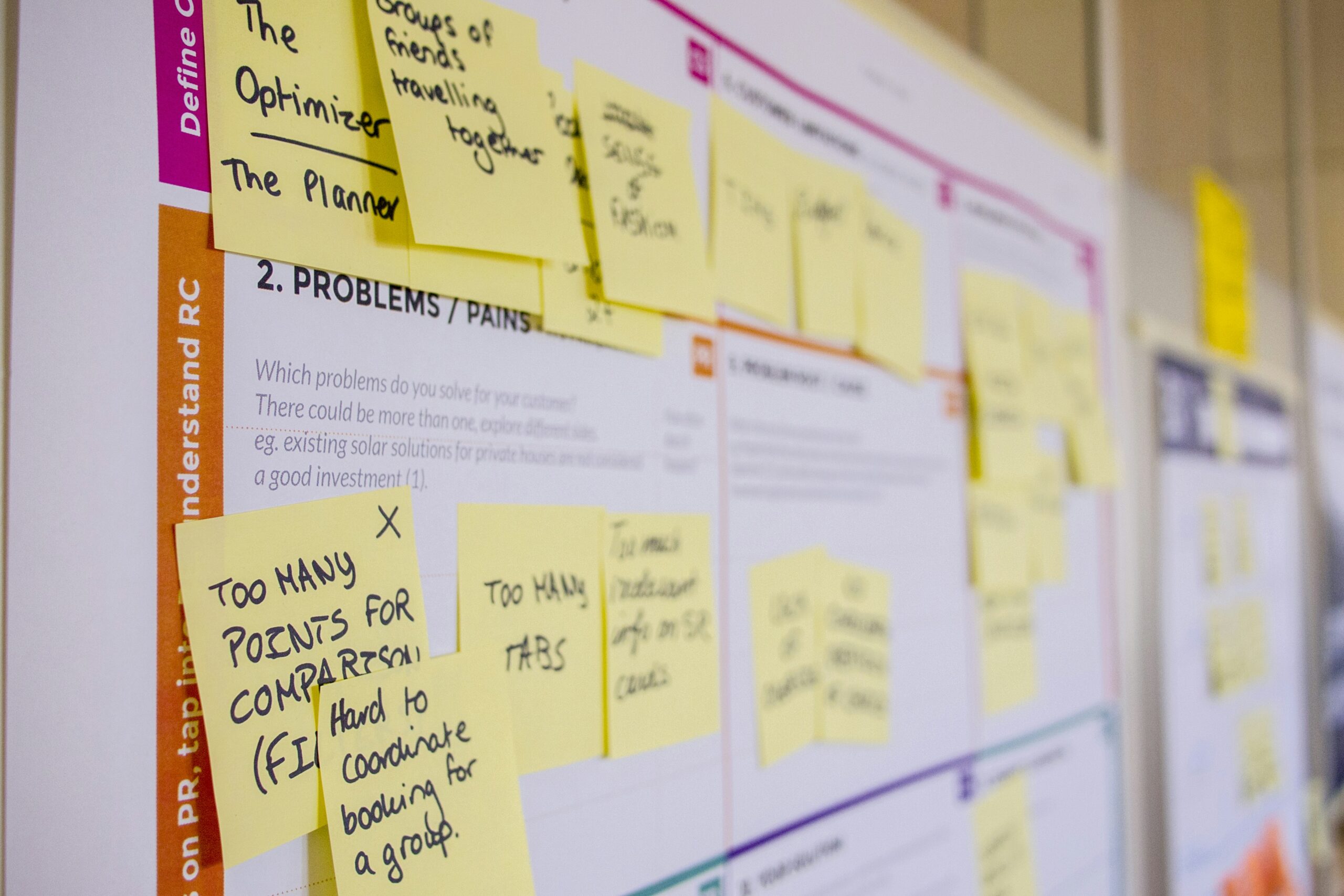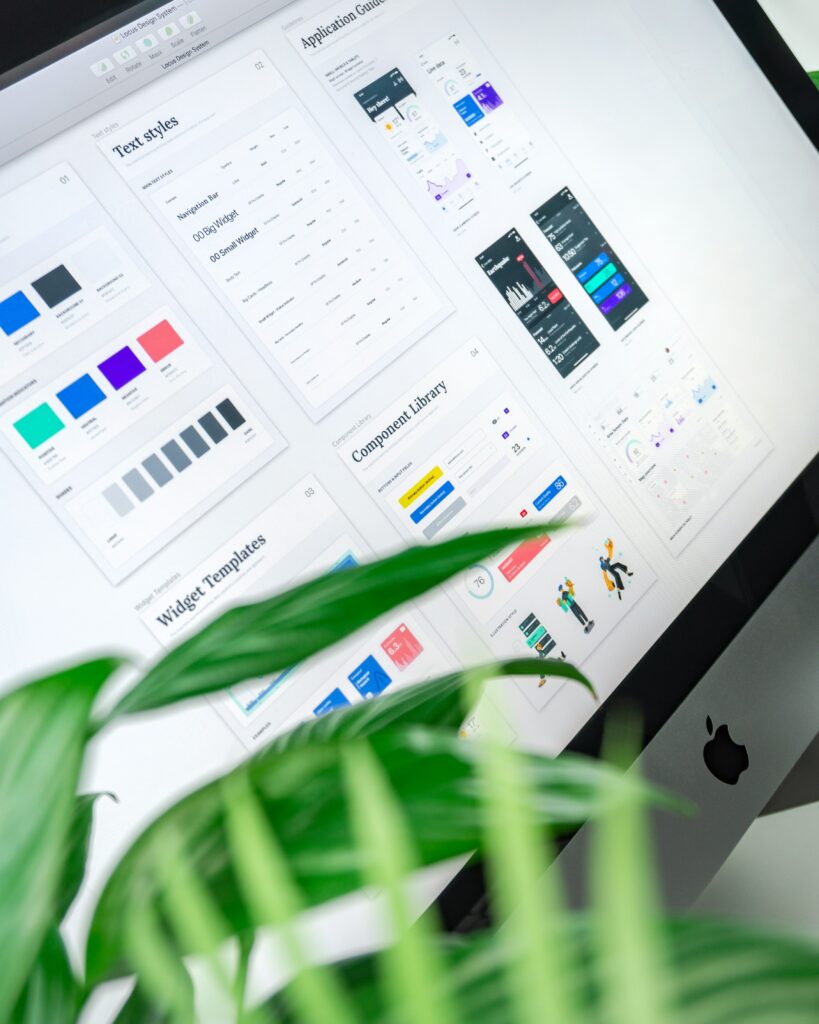Photo by Balázs Kétyi on Unsplash
Design teams waste up to 30% of their time managing inconsistencies and miscommunication in their projects.
Design system tools address these challenges by providing a unified platform for teams to create, manage, and scale their design efforts efficiently.
Modern collaborative design processes require robust systems that support seamless teamwork. Organizations implementing comprehensive design systems report improved productivity, faster product development cycles, and enhanced cross-functional collaboration. This article explores essential strategies for leveraging design system tools, establishing effective collaborative design processes, and measuring success in team-based design environments.
Building a Collaborative Design System Culture
Successful design systems depend heavily on establishing a strong collaborative culture. Research shows that psychological safety is the primary factor in team success, surpassing individual performance and seniority.

Creating psychological safety
Teams working with design system tools need an environment where they can freely share ideas and voice concerns without fear of negative consequences. Organizations that promote trust see significant advantages: workers demonstrate 27% higher productivity and show greater engagement in collaborative design processes. To build psychological safety, leaders should:
1. Encourage open dialog about design decisions
2. Welcome questions and concerns during system development
3. Respond constructively to feedback
4. Create spaces for experimentation and learning
Establishing shared ownership
Design systems thrive when teams feel a sense of ownership in their development. IBM’s Carbon design system exemplifies this approach by celebrating community contributions and showcasing adopters of new patterns. The BBC’s GEL design system similarly highlights contributor achievements, fostering a culture of active participation.
Developing collaboration frameworks
Cross-functional integration is vital for design system success. Teams report improved productivity and faster development cycles when engineers work directly with designers. Effective frameworks should support both synchronous and asynchronous collaboration, enabling teams to contribute regardless of their working patterns.
Design system teams benefit from integrated approaches that include AI researchers, software engineers, data scientists, and UX designers working together. This diversity ensures comprehensive product development and faster implementation of design system tools.
Regular one-on-one meetings and structured feedback mechanisms help build genuine connections and trust among team members. These interactions create opportunities for knowledge exchange and skill development, particularly valuable when implementing new design system components.
The success of a design system largely depends on its adoption within the organization. By fostering psychological safety, shared ownership, and robust collaboration frameworks, teams can create an environment where design systems become an integral part of their company’s culture.
Essential Collaboration Processes
Establishing effective processes is crucial for design system success. A well-structured approach ensures smooth collaboration across teams while maintaining consistency in design output.
Defining clear roles and responsibilities
Each team member brings unique abilities to design system development. Successful design systems require defined roles across different expertise areas:
1. Designers: Focus on usability and esthetics alignment
2. Project Managers: Coordinate team efforts and timeline management
3. Stakeholders: Provide direction and requirements validation
4. Design System Owners: Oversee component design processes
Setting up feedback loops
Feedback loops drive iterative improvement and enhance team productivity [1]. Regular feedback throughout the project lifecycle helps catch issues early and accelerates project timelines. Teams implementing structured feedback processes report faster delivery times and improved alignment with project objectives [1].
The feedback process should follow these key steps:
1. Establish clear objectives for each feedback session
2. Centralize feedback from multiple sources
3. Document decisions and rationale
4. Track implementation progress
5. Measure impact on design quality
Creating decision-making protocols
Architecture Description Records (ADRs) provide a framework for tracking design decisions and their context. These protocols help teams:
1. Document proposal acceptance or rejection rationale
2. Understand benefits and risks of choices
3. Maintain historical context for future reference
4. Support onboarding of new team members
Decision-making protocols should prioritize user needs before growth and profits. When teams are reluctant to adopt the system, having multiple checks and balances prevents individual teams from developing separate design approaches.
Regular stand-ups and design reviews strengthen team communication and ensure alignment on goals. These meetings help coordinate efforts, share problems and improvements, and foster a stronger sense of team identity. By implementing clear processes for roles, feedback, and decision-making, teams can maintain consistency while allowing for innovation within the design system framework.
Selecting the Right Collaboration Tools
Building a strong UX foundation requires careful planning and systematic implementation. Successful organizations focus on three key areas: establishing processes, standardizing documentation, and developing the right toolkit.

Evaluating team needs and workflows
The first step in tool selection involves assessing specific team requirements. Organizations need to consider how their teams will manage a single source of truth across designers, developers, and product designers. Teams should evaluate:
1. Current workflow bottlenecks
2. Team size and distribution
3. Resource constraints
4. Existing tool ecosystem
5. Documentation requirements
Key features for design system collaboration
Essential features should support both design and development workflows. PayPal’s experience demonstrates how switching to appropriate tools can enable product teams to build new interfaces with minimal designer input, significantly reducing development time.
Key collaboration features to consider:
1. Version control capabilities
2. Component library management
3. Real-time collaboration options
4. Documentation tools
5. Feedback mechanisms
Integration capabilities assessment
Integration capabilities significantly impact tool effectiveness. Tools must support cross-functional collaboration between design, development, marketing, and sales departments to avoid silos. When evaluating integration capabilities, consider:
1. API accessibility
2. Code component syncing
3. Design file compatibility
4. Documentation integration
5. Version control systems
Teams report that regular system audits using integrated tools can reduce inconsistencies by up to 25%. The right tool combination should enable teams to maintain a unified workflow where designers and developers work with identical components, establishing a genuine single source of truth.
For optimal results, organizations should prioritize tools that support both synchronous and asynchronous communication methods. This approach ensures team members can contribute effectively regardless of their location or time zone, while maintaining consistent design system implementation across the organization.
Documentation best practices
Strong documentation practices are essential for design system success. Organizations report that effective documentation reduces implementation errors by up to 25%. Key documentation principles include:
1. Maintain clear, concise guidelines for design specifications
2. Create centralized documentation hubs
3. Update documentation regularly with version control
4. Include visual examples and code snippets
5. Establish feedback collection mechanisms

Photo by Daria Nepriakhina 🇺🇦 on Unsplash
Conclusion
Design system tools have proven their worth as essential drivers of team success and product excellence. Organizations implementing comprehensive design systems report significant improvements across multiple dimensions – from 30% reduction in quality assurance time to 40% lower development costs through reduced rework.
Success stems from three critical elements: strong collaborative culture built on psychological safety, clear processes with defined roles, and appropriate tools that support both synchronous and asynchronous workflows. Teams that excel in these areas demonstrate measurable gains in productivity, faster development cycles, and enhanced cross-functional alignment.
Documentation and communication emerge as foundational pillars, with effective practices reducing implementation errors by up to 25%. Regular measurement and optimization of design system usage, coupled with structured improvement frameworks, enable teams to maintain momentum and demonstrate concrete business value.
Design systems represent more than just component libraries or style guides – they embody a strategic approach to product development that scales effectively across organizations. Companies that invest in robust design systems position themselves for sustained success in an increasingly digital-first business environment.

